 |
|
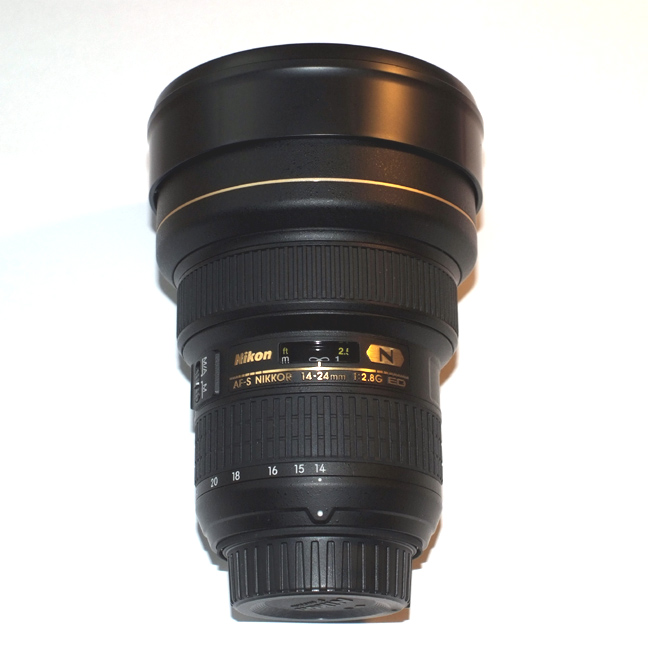
|
There are some excellent Nikon lenses that lack the aperture ring to operate the diaphragm.
A normal adapter will not help us to use this lens properly on a Canon camera.
|
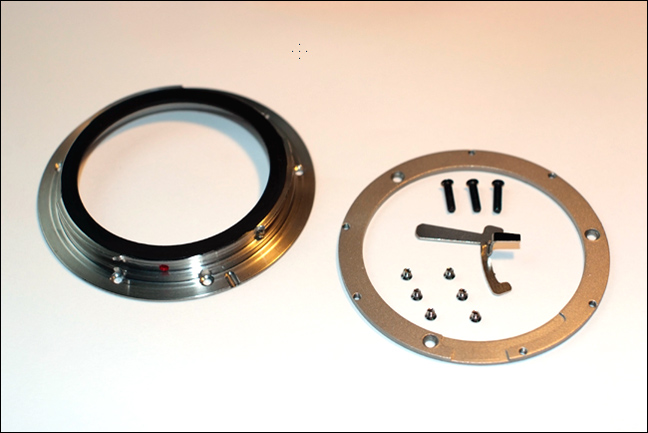 | Our Nikon-Canon mount for Nikkor-G lenses includes a special lever to overcome this limitation. |
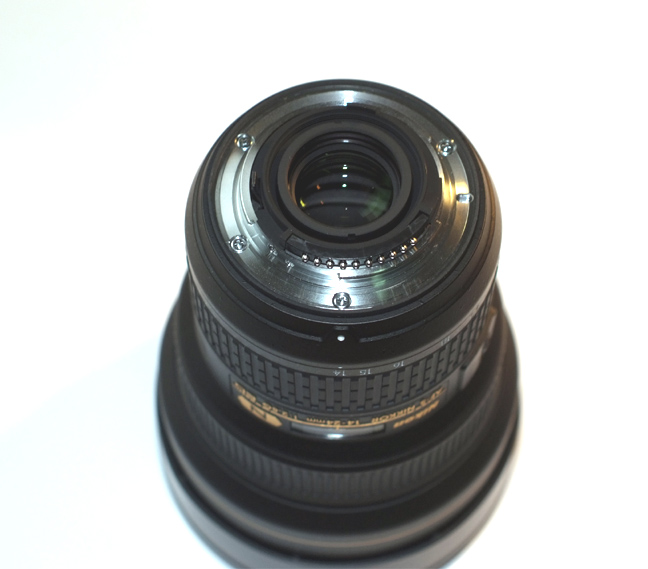
|
The Nikon lenses have at least three equidistant screws, those are the
ones we are going to use.
|
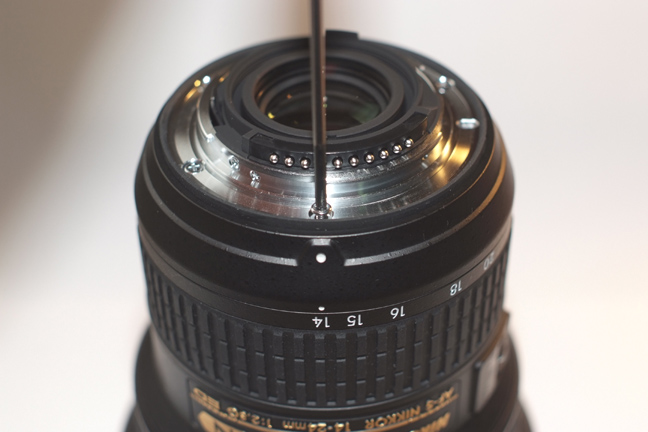
|
Take the one in front the lens scale center as a reference, the other
two form a equilateral triangle with it.
|
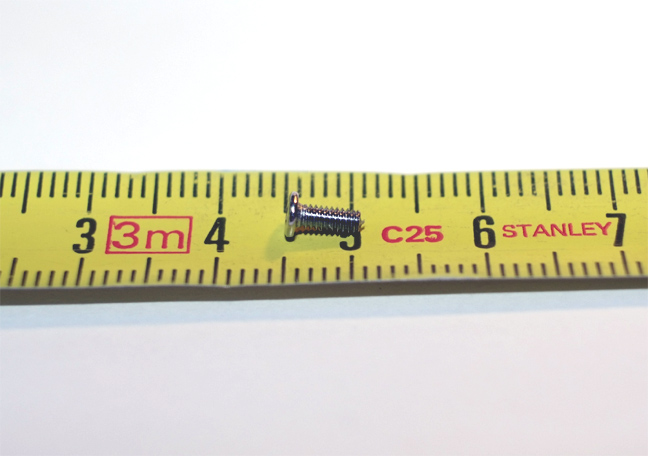
|
First, check the screw length.
This lens uses the 5.5mm long screws |
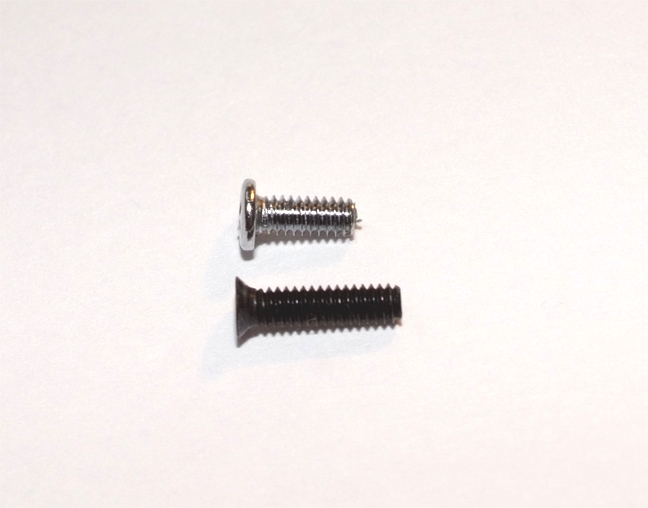
|
The one used for the Leitax mount has to be about 2mm longer.
|
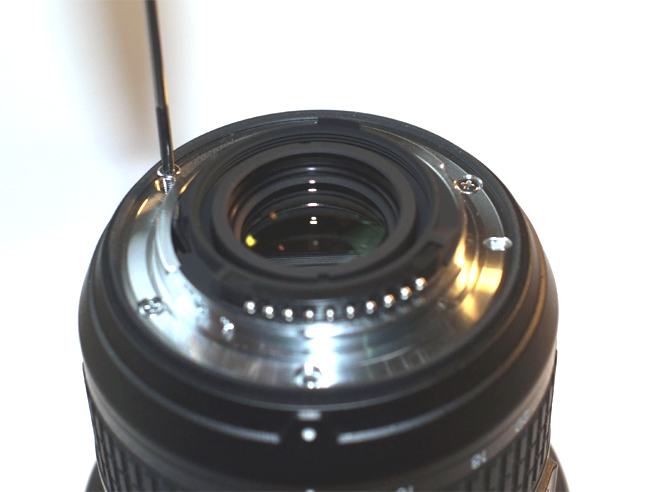 |
We have to remove the three screws that form an equilateral triangle from the Nikon mount. |
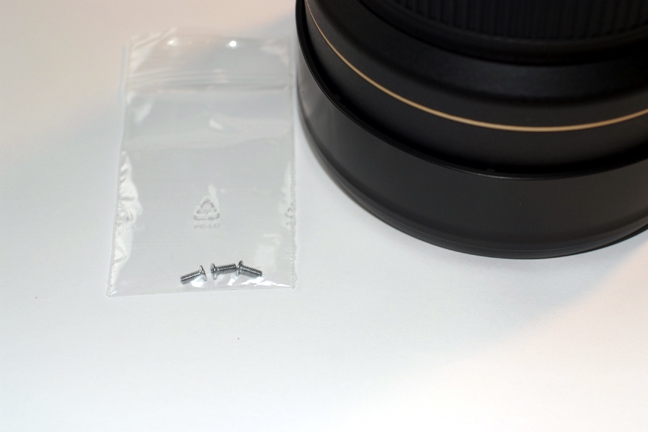
|
and save them in the provided small bag. |
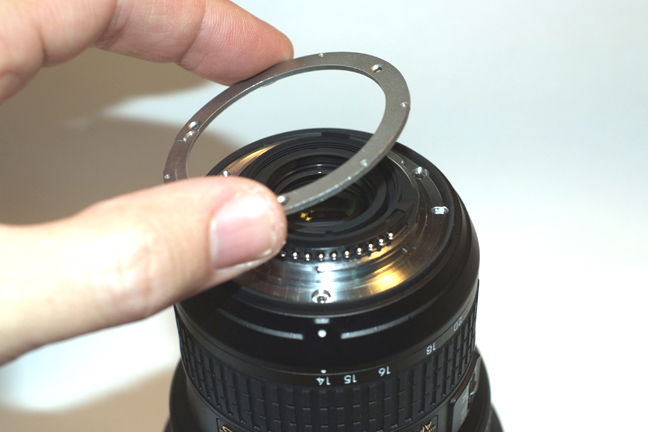
|
Now place the Leitax intermediate ring on top of the Nikon bayonet.... |
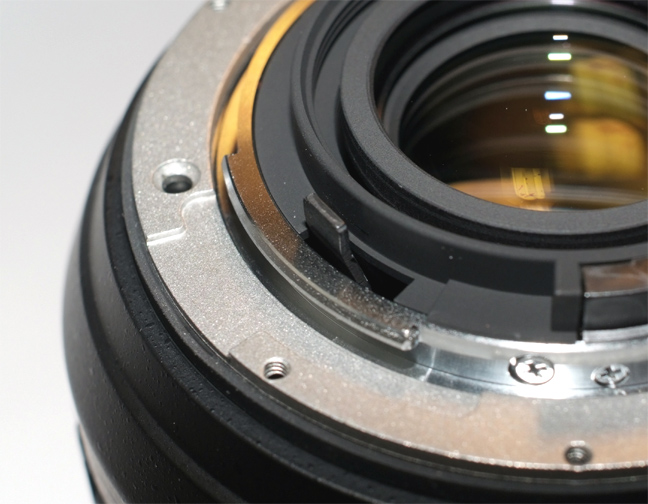
|
The sculpted recess of the ring goes near the aperture lever of the lens. |
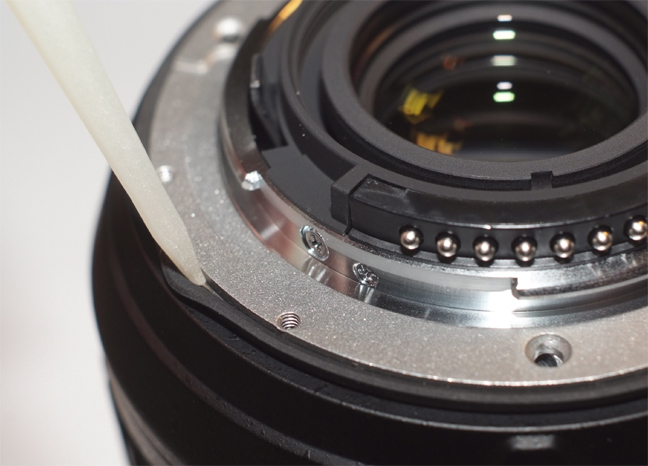
|
There is no need to remove
the weatherproofing rubber ring of the G lenses, just help the Leitax
ring to fit inside it with our plastic tool. |
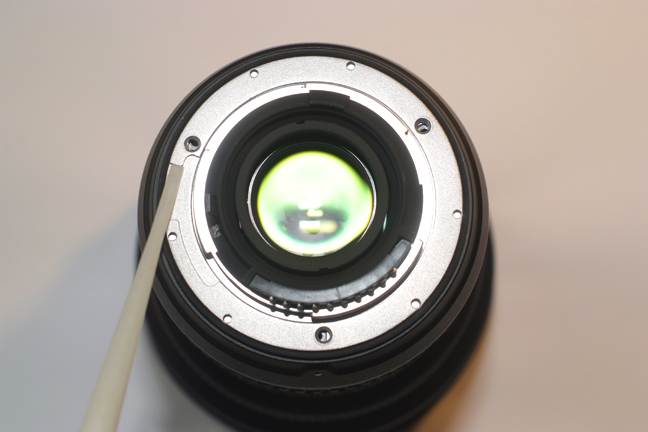
|
The plastic tool is also handy to adjust the ring position until the holes coincide. |
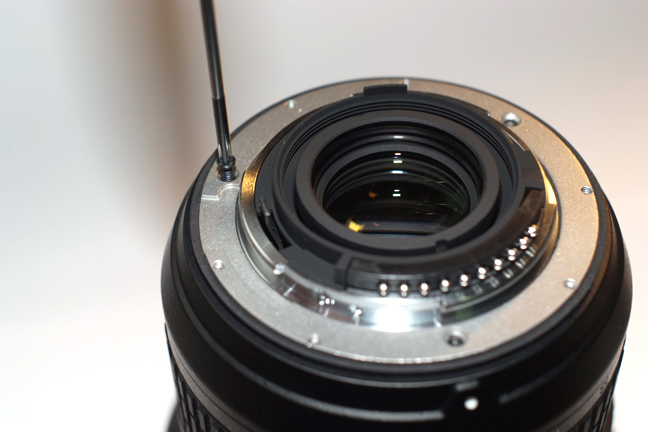 | Now we can use the three provided screws to securely attach the ring to the Nikkor lens. |
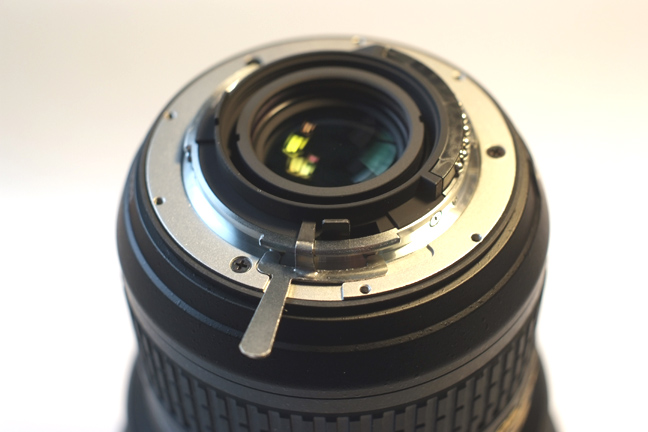 | And we are ready to put our special lever in its place, just on the left side of the lens lever. |
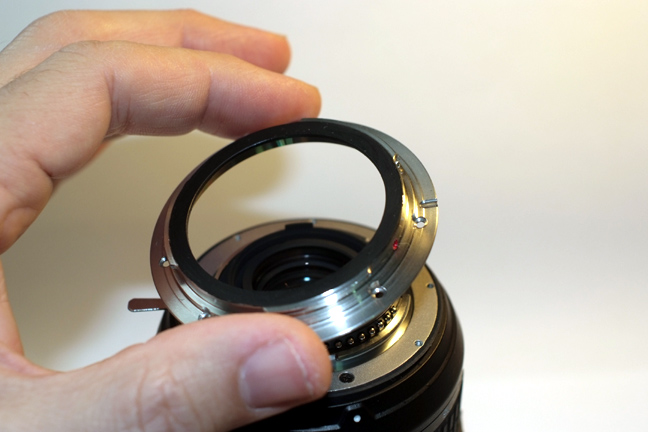 | Now put the Leitax mount on top of our ring. |
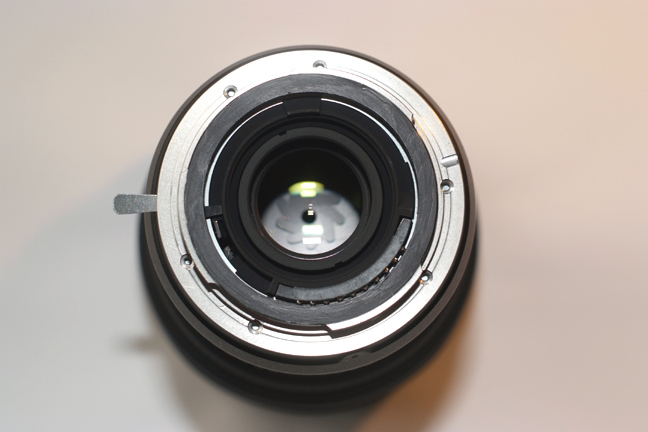 |
The position is easily determined for the bayonet lock slot, it has to be near the opposite side of the G-lever. |
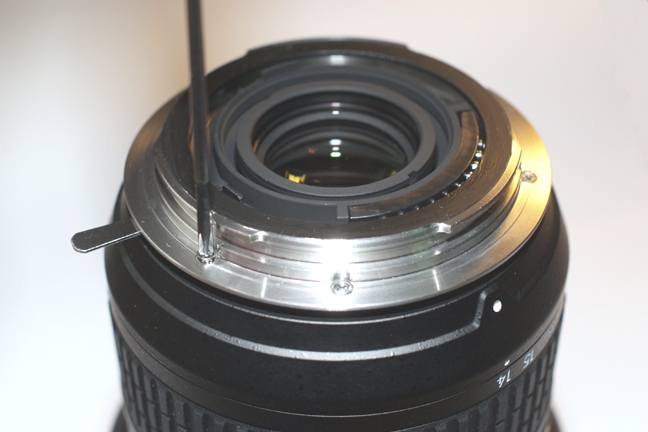 | Now
attach the bayonet to the ring with the provided small screws. |
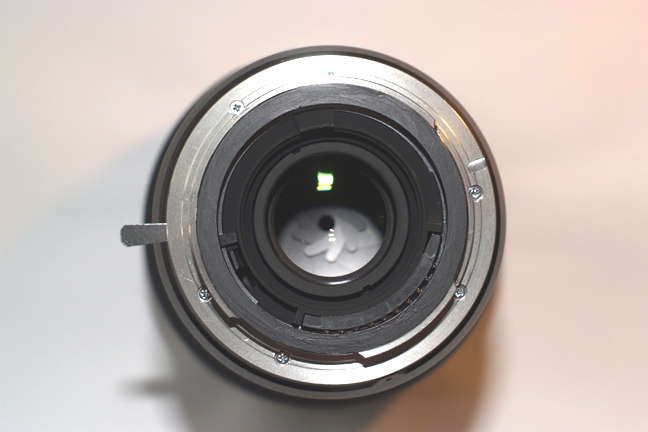 | Our Leitax mount covers the Nikon bayonet with a flat black painted rim.
This avoids flares
in our pictures. |
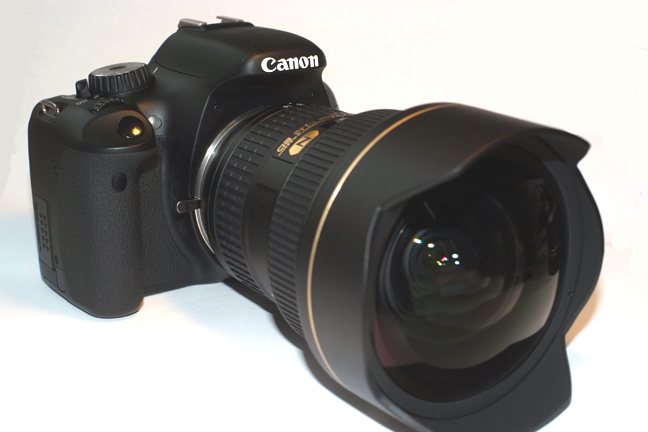 | Now
the Nikon-G lenses will be as solid as a Canon lens
on a Canon camera. |
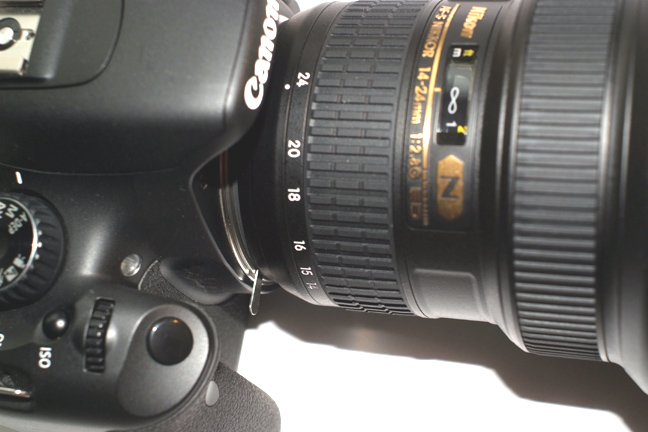 | Another view. |
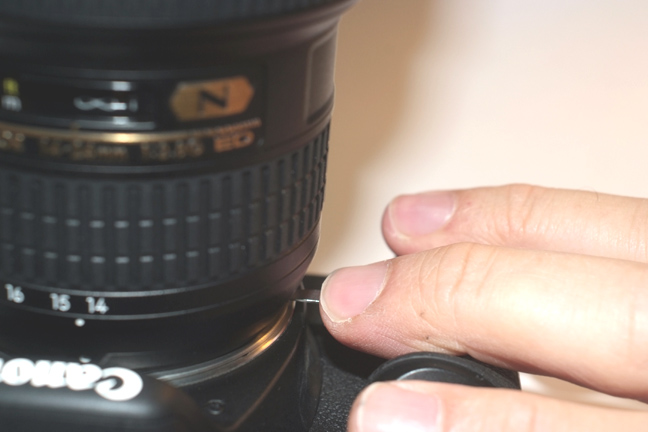 | It is very convenient to operate the iris with one hand and the zoom and focus rings of the lens with the other. |
Back to Leitax home
Back to Nikon for Canon page
How to glue a chip on your mount. |
|













